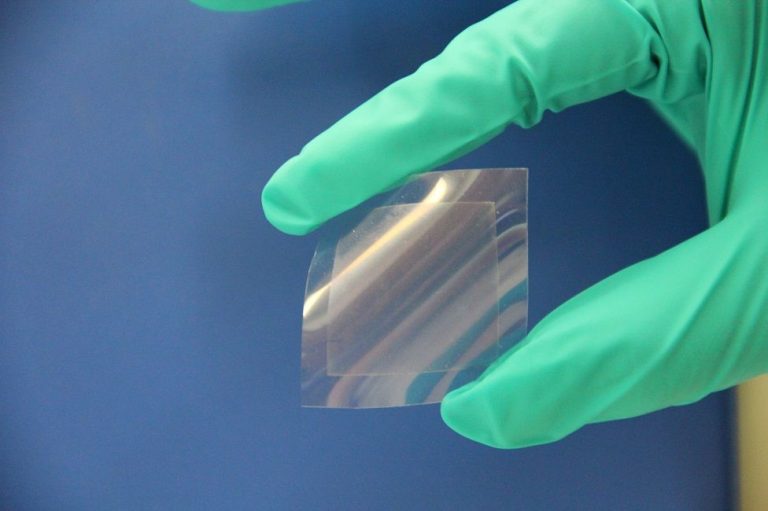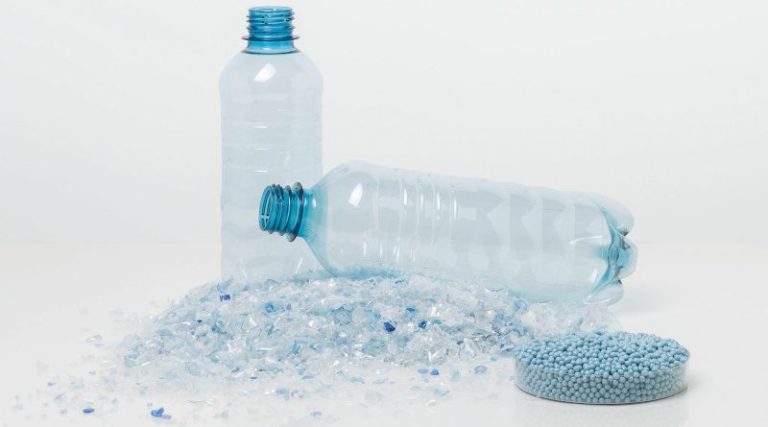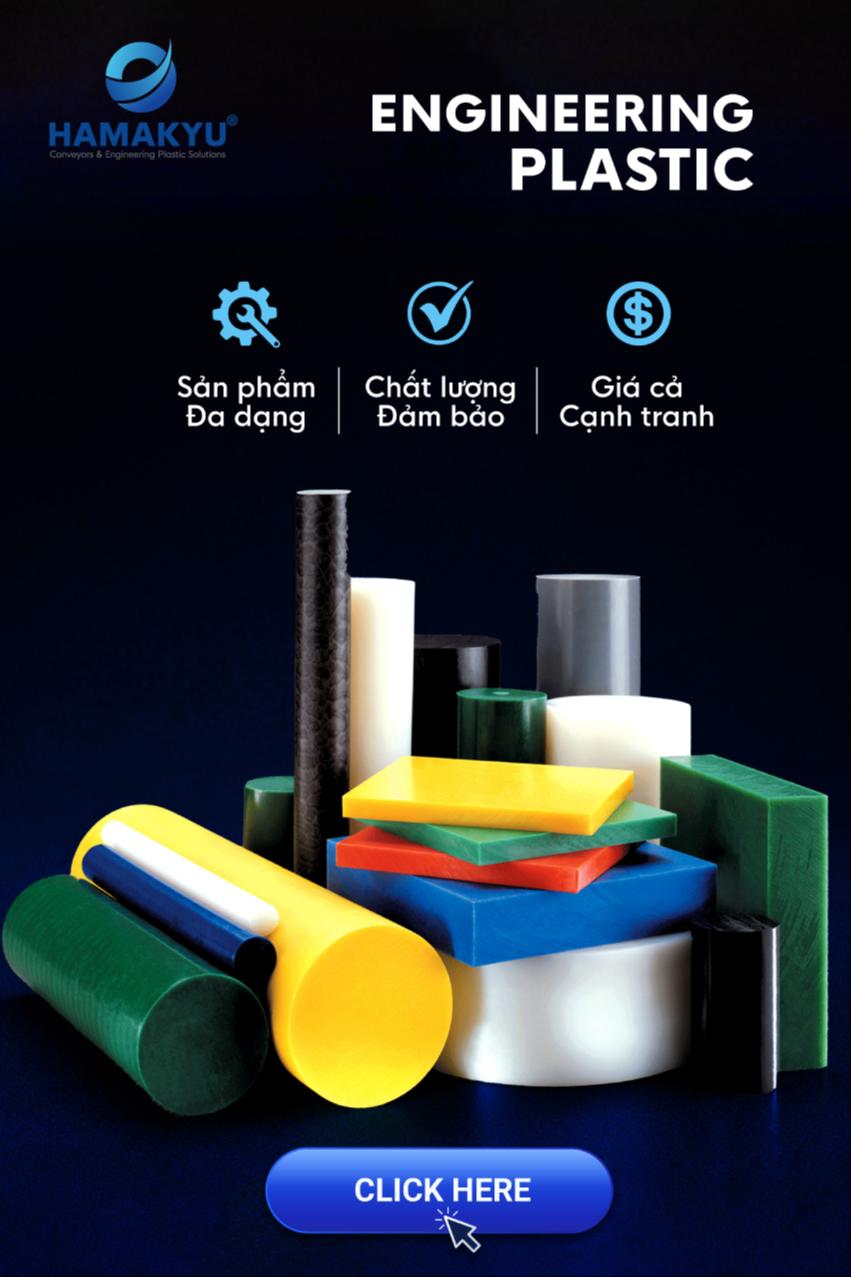I. Overview of plastic materials and limitations
Plastic materials have become ubiquitous in our modern world. Plastic is a versatile and widely used material with many applications in many different industries. Plastic's popularity stems from its durability, versatility, and affordability, making it an ideal material for a variety of products.
Plastics are used in packaging, construction, transportation, electronics and even in our everyday consumer products. They are lightweight and anti-corrosion, making them convenient for manufacturers as well as consumers.
However, it is important to acknowledge the limitations of plastic materials. A major concern is their impact on the environment. Plastics are often derived from non-renewable resources, such as fossil fuels, and they are not biodegradable. This means they persist in the environment for hundreds of years, leading to pollution and harm to the ecosystem.
Furthermore, plastic waste management has become an important global issue. Improper disposal and inadequate recycling infrastructure lead to plastic waste polluting oceans, rivers and landfills. This has fueled a growing global movement to reduce single-use plastic and promote recycling.
Given these limitations, it is important that individuals and businesses adopt sustainable practices and explore alternatives to minimize the negative impacts of plastic materials. This could involve reducing plastic use, promoting recycling, exploring biodegradable or compostable materials, and supporting innovation in eco-friendly packaging alternatives. school.

Plastic materials
II. Innovations and advances in new materials development
A lot of research is being conducted in the field of plastic-based materials that could revolutionize our world, making it greener, cleaner and more efficient than ever before.
Some of the goals of the research are to create lightweight materials that can match the strength of traditional metals; The textiles are made from recycled plastic; Advanced medical devices are made from biocompatible plastics, driving innovation in healthcare and improving patient outcomes.
Scientists are studying the properties of Graphene to create a new type of plastic. Graphene is a layer of carbon atoms arranged in a two-dimensional honeycomb lattice. It possesses outstanding durability, conductivity and flexible properties.
By incorporating graphene into plastic, it provides a quantum leap in mechanical properties. Plastic is super durable and super light, offering potential applications for industries ranging from aerospace to automobiles, typically cars that not only save fuel but also withstand the test of time.
In addition, a type of plastic that can self-recover when damaged is also being researched and developed. Thanks to specialized bonds and compounds, these materials are capable of repairing small cracks and scratches, extending life and reducing waste.

Applying graphene to plastic materials
III. New types of materials are developed from plastics
A. Biodegradable plastic
Biodegradable plastic is plastic that can break down and decompose naturally over time. They are often made from renewable resources such as corn starch, vegetable oils or plant-based materials, as opposed to traditional plastics derived from fossil fuels.
One of the main benefits of biodegradable plastics is their reduced impact on marine life and terrestrial ecosystems. When traditional plastics end up in oceans or landfills, they can release toxic chemicals and microplastics that can harm aquatic animals and degrade soil quality. In contrast, biodegradable plastic breaks down into non-toxic components, minimizing risks to wildlife and nature.
Furthermore, biodegradable plastics can significantly reduce the carbon emissions associated with plastic production. Traditional plastic production relies heavily on fossil fuels, contributing to greenhouse gas emissions and climate change. Biodegradable plastics, on the other hand, can be made from renewable resources such as cornstarch or vegetable oil, which have a lower carbon footprint.
Besides their benefits, it is important to note that biodegradable plastics require specific conditions to decompose properly. For example, they often need exposure to sunlight, oxygen, and microorganisms found in composting facilities or industrial composters. Without these conditions, biodegradable plastic may not decompose completely and may cause waste or pollution. Therefore, appropriate waste management infrastructure and consumer education are essential to maximize the effectiveness of biodegradable plastics.

B. Recycled plastic
Recycled plastic is the product of the process of turning plastic waste into reusable materials through various methods, such as sorting, cleaning, and melting plastic to create new products. This is an important aspect of the circular economy as it minimizes environmental impact by reducing plastic waste and reducing the need to produce new plastic. Recycled plastic can be used to make a variety of products, including packaging materials, clothing, furniture, toys and even construction materials. By using recycled plastic, we not only conserve natural resources but also reduce the energy consumption and greenhouse gas emissions associated with the production of new plastic.

C. Composite materials
Composite materials made from plastic are a popular choice in various industries due to their versatility and durability. These materials are created by combining plastics with other reinforcing materials, such as fibers or particles, to enhance their overall performance.
A common type of composite material made from plastic is fiber-reinforced polymer (FRP) composites such as carbon fiber or fiberglass. The fibers provide high strength and stiffness, while the resin structure protects the fibers and provides impact resistance. FRP composites are commonly used in the aerospace, automotive, and construction industries.
Another type of plastic composite material is particle reinforced composite material. In this case, particles such as glass, ceramic or metal are added to the plastic matrix to improve specific properties. These composites find applications in fields such as electronic housings, auto parts, and sporting goods.

Sources: cpiplastic.com





